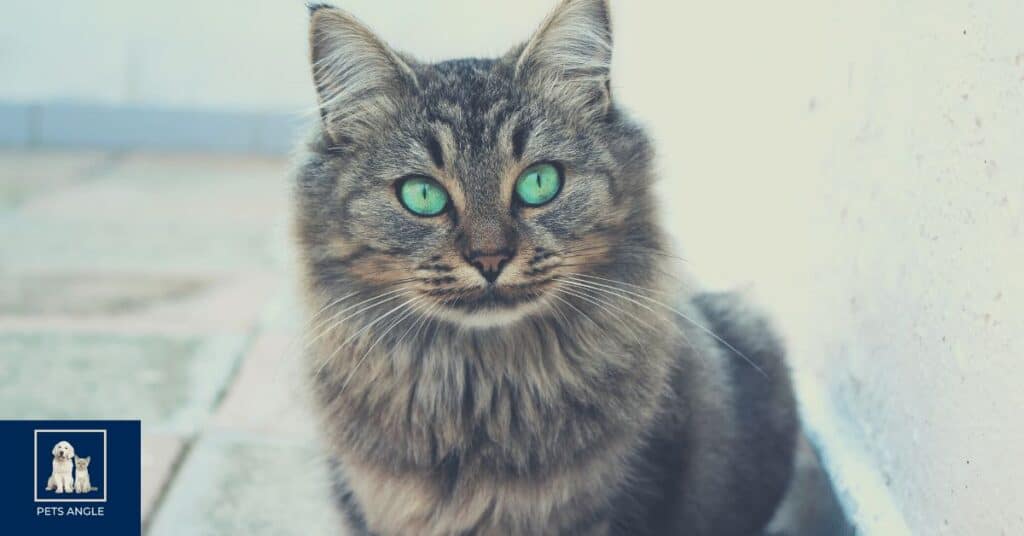When trying to figure out whether your cat is a product of inbreeding, check for indicators such as hesitancy to come into heat in female cats, reluctance to copulate in male cats, an increase in the frequency of stillborn or malformed kittens in litters, developmental difficulties, and a decrease in birth weight.
Inbred Cat’s Definition
Inbred cat refers to products of mating closely related cats, such as brother and sister, father and daughter, mother and son, or half-siblings. Some breed enthusiasts value inbreeding’s capacity to generate remarkable specimens of a breed.
Is It Possible to Tell if a Cat Is Inbred?
Regular small litter sizes (one or two kittens) are signs of significant inbreeding, crooked noses, misaligned jaws, aberrant eye set, and body line imbalance. Low fertility can affect both males and females, and cancer is more likely in younger cats.
Inbred Cat Breeds: What Are They?
Siamese cats, Persians, and Himalayan cats are all products of inbreeding processes while trying to have more affectionate cat breeds.
Pedigree cats have been bred to have certain physical qualities and may also exhibit breed-specific behaviors.
Benefits of Having an Inbred Cat
Copulation between genetically similar cats produces foreseeable and uniform kittens with no deviations from the norm.
Breeders can produce predictable, homogenous kittens with no surprises, good or bad, because of inbreeding.
Health and appearance issues are parts of the downsides of cat inbreeding. The breeders often leave the challenges unaddressed when they also know the looks inbred cats should have.
Cat inbreeding is utilized to fix features in their cats’ lines, making them recognized and valuable.
Inbreeding Problems in Cats
1. Genetic Problems: Inbreeding raises the danger of genetic defects unless a breed is explicitly cultivated for a condition, such as Scottish folds and Persians, where the breeds are produced based on a gene mutation that is ultimately damaging to the cat
2. Excessive inbreeding might result in cats with weak immune systems and other health problems. Weak immunity of the excessive inbred cat is due to the difficulty in identifying which cat breed is genetically healthier than another, except for the breeds known to be prone to particular ailments.
3. Excessive inbreeding can cause crooked noses, misaligned jaws, atypical eye set, asymmetry in the face, crooked noses, uneven eye size or alignment, and misaligned jaws.
4. Both male and female cats can have reduced fertility, and cancer is more likely in kittens. If half of a litter or a group of adults dies from a mild infection, immune system deficits are apparent.
5. Intelligence and cognitive distortions might cause the cat to become dull and sluggish.
Please keep in mind that while one or more of the faults may be obvious, they may not all be present in an inbred cat.
Do Inbred Cats Have a Long-Life Expectancy?
No, inbred cats do not live long and suffer from more significant health issues (especially heart). And having kittens when they are six months old hinders their growth and does not generate healthy kittens.
Inbreeding can shorten a cat’s lifetime by increasing the likelihood that an individual animal would be born with genetic disorders or anomalies that are common in the breed.
Cats With the Most and Least Inbreeding
Burmese, Havana Brown, Singapura Sokoke, Birman, Abyssinian, Russian Blue, Siamese, Egyptian Mau, Turkish Van, and Persian cats are the most inbred felines breeds.
The ranking is based on the cat breeds with the lowest heterozygosity values and the highest inbreeding coefficient.
Because of their high heterozygosity scores, the Siberian and Norwegian Forest cats are the least inbred cat breeds.

